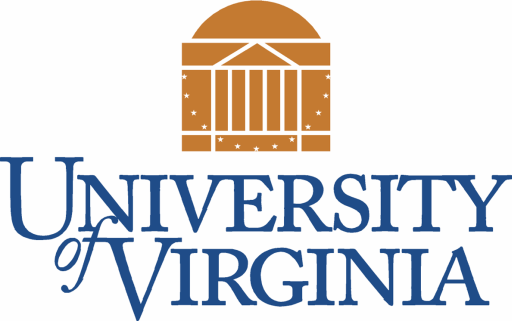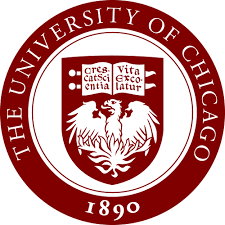University of Virginia
The University of Virginia established a junior college in 1954, then called Clinch Valley College. Today it is a four-year public liberal arts college called the University of Virginia’s College at Wise and currently enrolls 2,000 students.The University of Virginia began the process of integration even before the 1954 Brown v. Board of Education decision mandated school desegregation for all grade levels, when Gregory Swanson sued to gain entrance into the university’s law school in 1950. Following his successful lawsuit, a handful of black graduate and professional students were admitted during the 1950s, though no black undergraduates were admitted until 1955, and UVA did not fully integrate until the 1960s.The university first admitted a few selected women to graduate studies in the late 1890s and to certain programs such as nursing and education in the 1920s and 1930s. In 1944, Mary Washington College in Fredericksburg, Virginia, became the Women’s Undergraduate Arts and Sciences Division of the University of Virginia. With this branch campus in Fredericksburg exclusively for women, UVA maintained its main campus in Charlottesville as near-exclusively for men, until a civil rights lawsuit of the 1960s forced it to commingle the sexes. In 1970, the Charlottesville campus became fully co-educational, and in 1972 Mary Washington became an independent state university. When the first female class arrived, 450 undergraduate women entered UVA, comprising 39 percent of undergraduates, while the number of men admitted remained constant. By 1999, women made up a 52 percent majority of the total student body.Due to a continual decline in state funding for the university, today only 6% of its budget comes from the Commonwealth of Virginia.A Charter initiative was signed into law by then-Governor Mark Warner in 2005, negotiated with the university to have greater autonomy over its own affairs in exchange for accepting this decline in financial support.The university welcomed Teresa A. Sullivan as its first female president in 2010. Just two years later its first woman rector, Helen Dragas, engineered a forced-resignation to remove President Sullivan from office.
The forced resignation elicited strong protests, including a faculty Senate vote of no confidence in the Board of Visitors and Rector Dragas, and demands from the student government for an explanation for Sullivan’s ouster. In addition the Southern Association of Colleges and Schools put UVA on warning that the nature of the ouster of President Sullivan could put the school’s accreditation at risk.In the face of mounting pressure, including alumni threats to cease contributions and a mandate from then-Governor Robert McDonnell to resolve the issue or face removal of the entire Board of Visitors, the Board unanimously voted to reinstate President Sullivan. In 2013 and 2014, the Board passed new bylaws that made it harder to remove a president, and considered one to make it possible to remove a rector.In November 2014, the university suspended all fraternity and sorority functions for six weeks pending investigation of an article by Rolling Stone concerning the university’s handling of alleged rape cases. In December 2014 the magazine made multiple apologies to “anyone who was affected,” citing discrepancies in its principal source and the inability to verify key facts.
The university lifted the fraternity suspension after instituting new rules banning “pre-mixed drinks, punches or any other common source of alcohol” such as beer kegs and requiring “sober and lucid” fraternity members to monitor parties.On April 5, 2015, Rolling Stone fully retracted the article after the Columbia School of Journalism released a report of “what went wrong” with the article and the Chancellorsville Police had earlier found discrepancies in the alleged victim’s account.The University of Virginia Library System holds 5 million volumes. Its Electronic Text Center, established in 1992, has put 70,000 books online as well as 350,000 images that go with them. These e-texts are open to anyone and, as of 2002, were receiving 37,000 daily visits (compared to 6,000 daily visitors to the physical libraries). Alderman Library holds the most extensive Tibetan collection in the world, and holds ten floors of book “stacks” of varying ages and historical value.
The renowned Albert and Shirley Small Special Collections Library features one of the premier collections of American Literature in the country as well as two copies of the original printing of the Declaration of Independence. It was in this library in 2006 that Robert Stilling, an English graduate student, discovered an unpublished Robert Frost poem from 1918. Clark Hall is the library for SEAS (the engineering school), and one of its notable features is the Mural Room, decorated by two three-panel murals by Allyn Cox, depicting the Moral Law and the Civil Law. The murals were finished and set in place in 1934.[68] As of 2006, the university and Google were working on the digitization of selected collections from the library system.
Since 1992, the University of Virginia also hosts the Rare Book School, a non-profit organization in study of historical books and the history of printing that began at Columbia University in 1983



